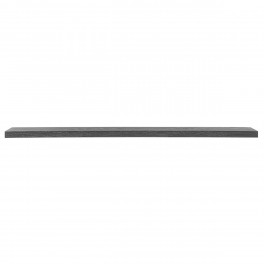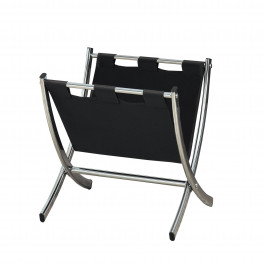Sometimes, it takes a random shower-thought like “Could I grow kiwis in my backyard?” to convince me I should learn how to grow tropical fruits. Sadly, I don’t live in the lush landscape of Hawaii or even the sun-kissed fields of California and Florida. So I assumed there’s no way I could actually grow fruits in my temperate North Carolina backyard.
Boy, was I wrong! In fact, growing tropical fruits at home is possible no matter where you live. Aren’t you excited to learn more? If you’re dying to learn what it takes to grow tropical fruit plants just about anywhere, then you’ve come to the right place.
Creating the Right Conditions
The term “tropical” doesn’t truly give us a good idea of a plant’s ideal growing conditions. In fact, there’s quite a large variation from one tropical region to the next. Some of the tropics are consistently warm and humid like Central America, while others are dry and even snow-prone like some areas of Africa and Australia.
Why did I share this information? Because it indicates that there are no true standard growing conditions that pertain to all tropical fruits. In fact, as long as you have a southern-facing window or a proper greenhouse, you’re good to go!

Photo by Samo Trebizan on Shutterstock
The Best Tropical Fruit to Grow
Whether you’re using a greenhouse or growing the plants indoors in a southern-facing window, one of the most important aspects of growing exotic crops is choosing the right varieties for your space. Regardless of the climate where you live, you’re bound to have good luck with these fruits:
- Avocados: Growing avocados is tricky, but definitely worthwhile if you’re like me and feel the need to eat nature’s powerhouse fruit as often as possible. Truth be told, it’s extremely difficult to produce a fruit-bearing avocado tree from a discarded pit. However, you can definitely purchase a dwarf avocado tree and grow it indoors in a container.
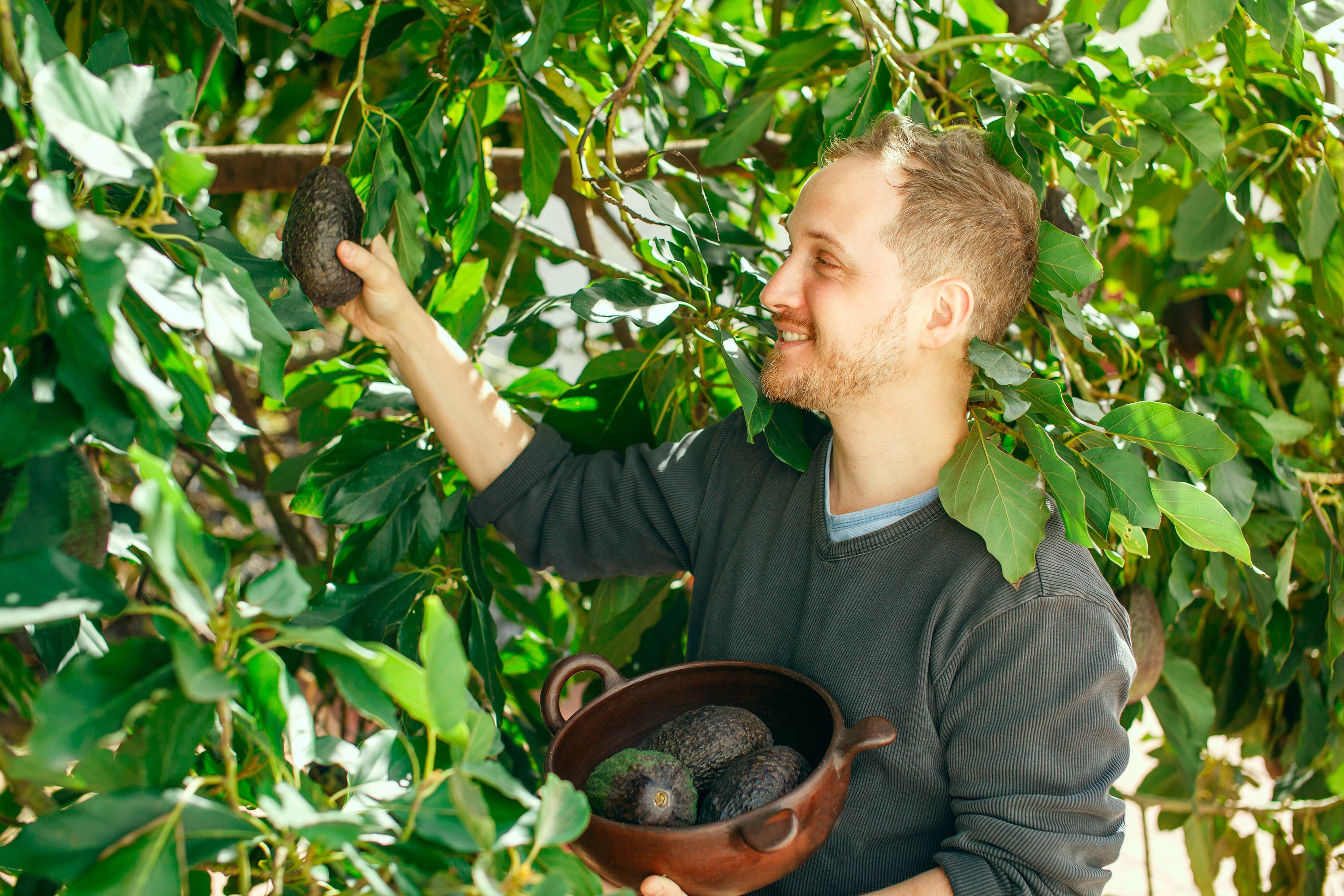
Photo by Mariia Liginova on Dreamstime
- Kiwi: Kiwi aficionados, there’s hope out there for you! Hard Kiwi tastes nearly identical to its Australian counterpart, but it’s the size of a grape and isn’t covered in that annoying fuzzy skin. And the best part? These plants are extremely tolerant to cold conditions.
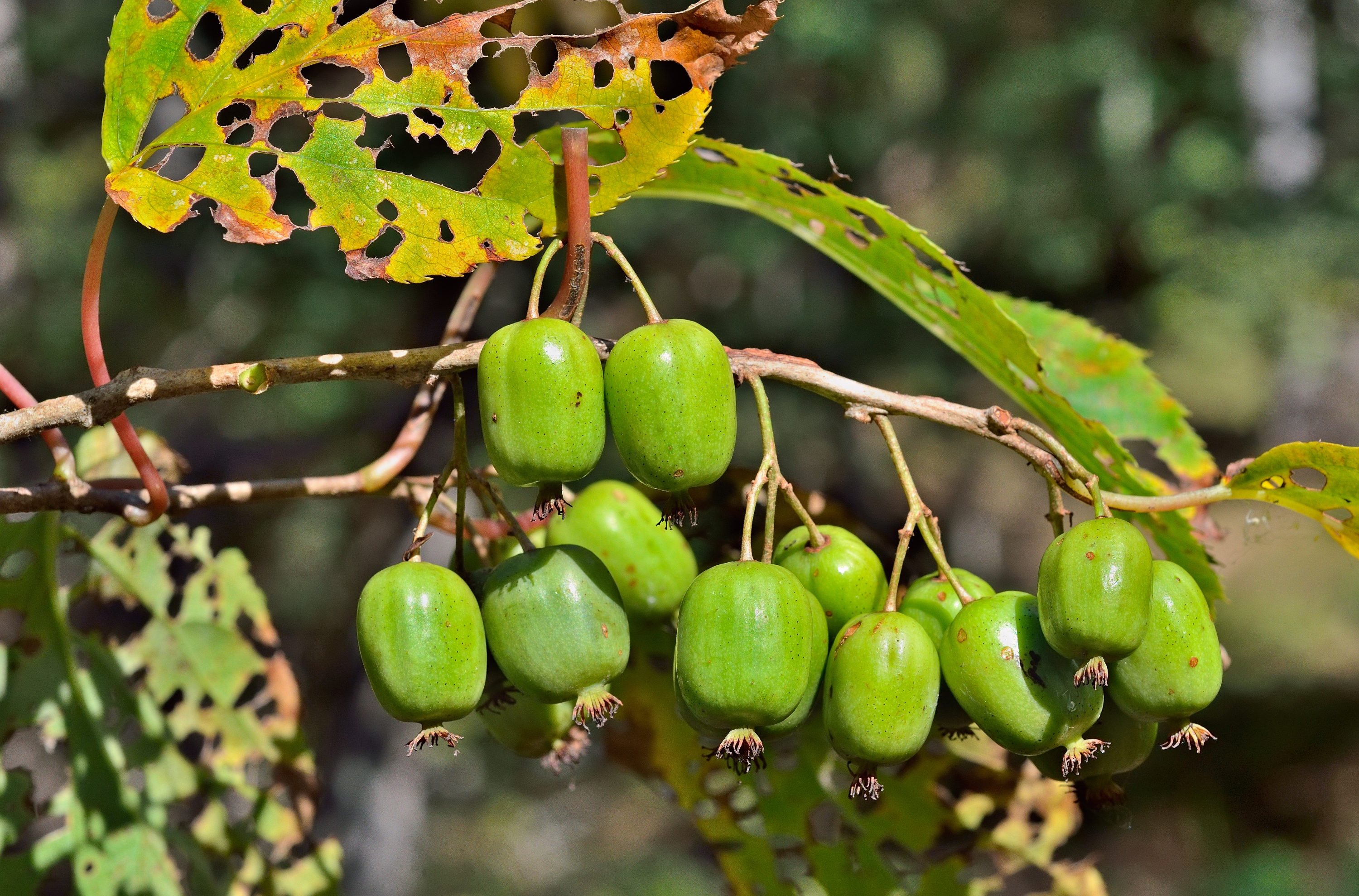
Photo by Valeriy Kirsanov on Adobe Stock
- Limes and Lemons: Most citrus is considered tropical, but many plants that bear citrus fruits can grow in milder climates. If you’re interested in growing lemons or limes, they’ll most likely need to come indoors during the winter. Therefore, a dwarf variety planted in a container is your best bet.
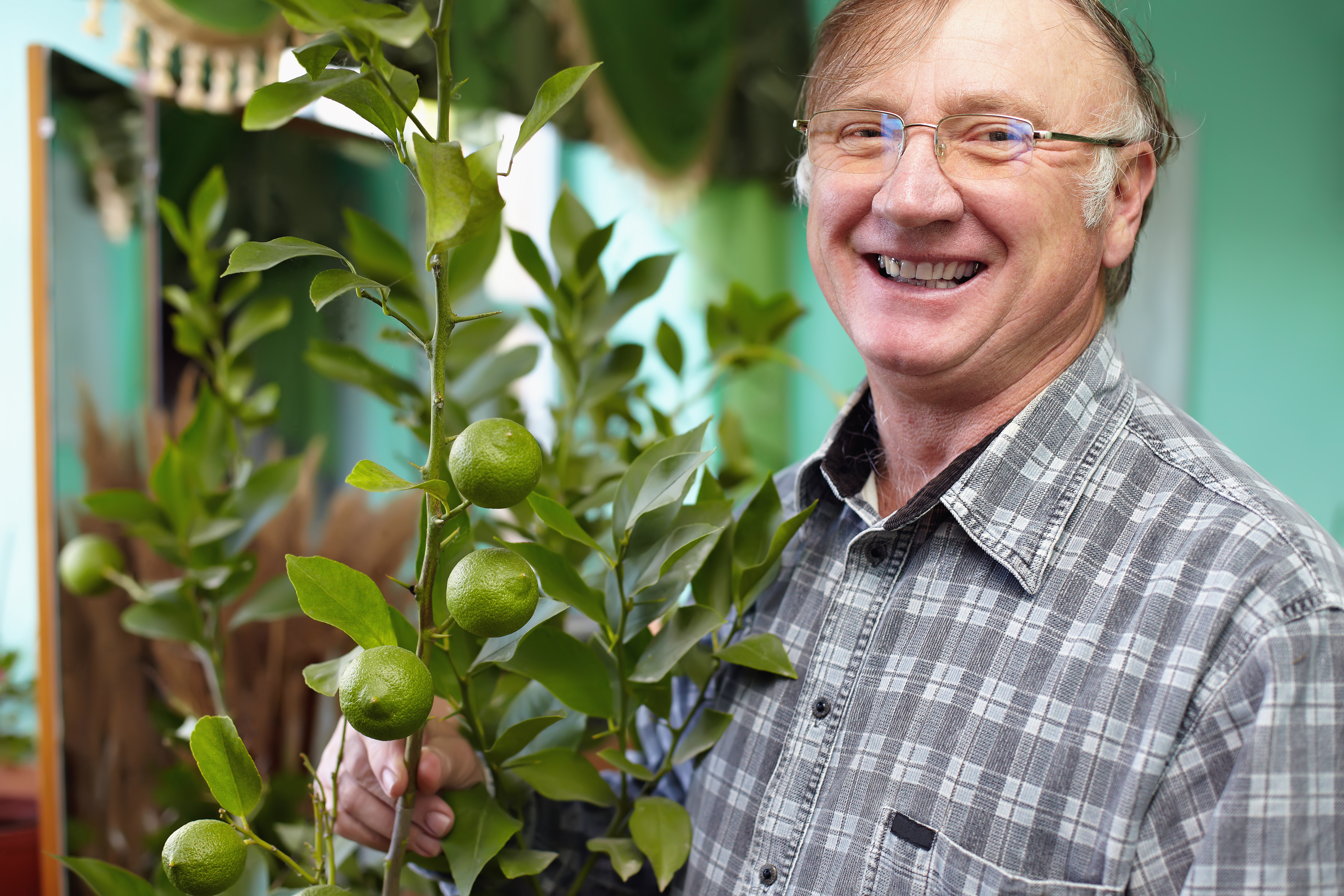
Photo by Olesia Bilkei onShutterstock
- Pomegranate: Since pomegranates thrive in areas with dry, hot summers like the Mediterranean and the tropical regions of Africa, it’s best to plant them in a pot indoors. But if you live in an area with the right climate, they can grow into beautiful outdoor trees.

Photo by Maria Sbytova on Shutterstock
- Pineapples: One of the easiest fruits to grow using indoor gardening is a pineapple. They grow in any large container, but keep in mind that the plants get quite tall. Pineapples are an affordable fruit to grow because you can use your kitchen scraps. Just cut the top off your pineapple, plant it, and voila!
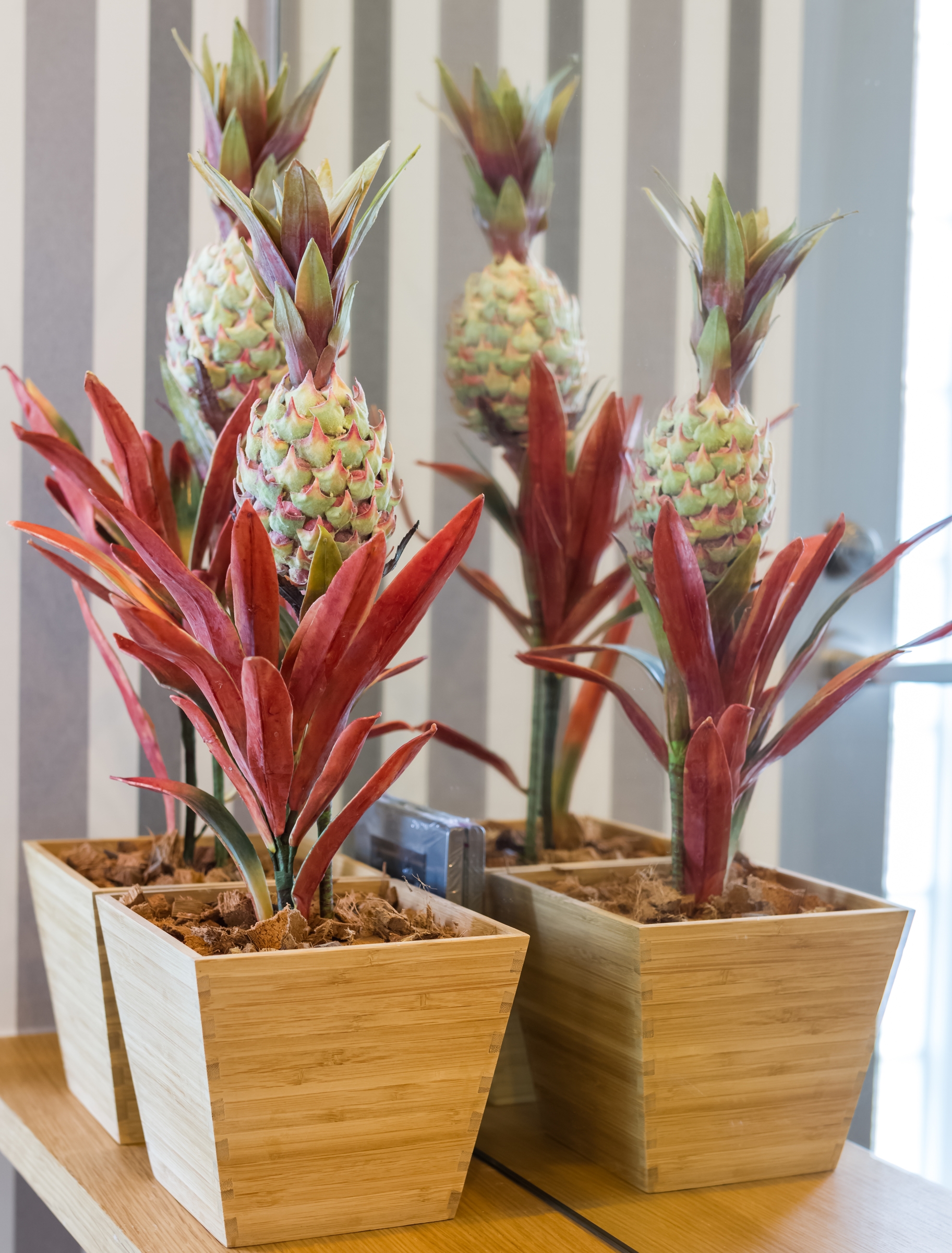
Photo by onsuda on Shutterstock
- Figs: Figs grow in climates ranging from tropical and subtropical to temperate, meaning they’re one of the new exotic fruit species you may be able to grow outdoors. We didn’t have high hopes when we planted our own common fig tree in our front yard three years ago, but were we ever surprised when it began to bear fruit just one year later. Today, the tree is gearing up to flower again. Fig fruit’s subtle and delicious and the trees need little more than a bit of pruning during their dormant season to stay healthy.
Caring for Tropical Fruit Plants
Each tropical fruit plant has its own care instructions, so pay close attention to any inserts that come with your plants or seeds. Here are some additional tips to help you care for your tropical fruit plants:
- Soil: Use nutrient-rich soil with a high nitrogen content and ample organic matter. If you make compost at home, add this into the top layer of your soil every 2-3 weeks.
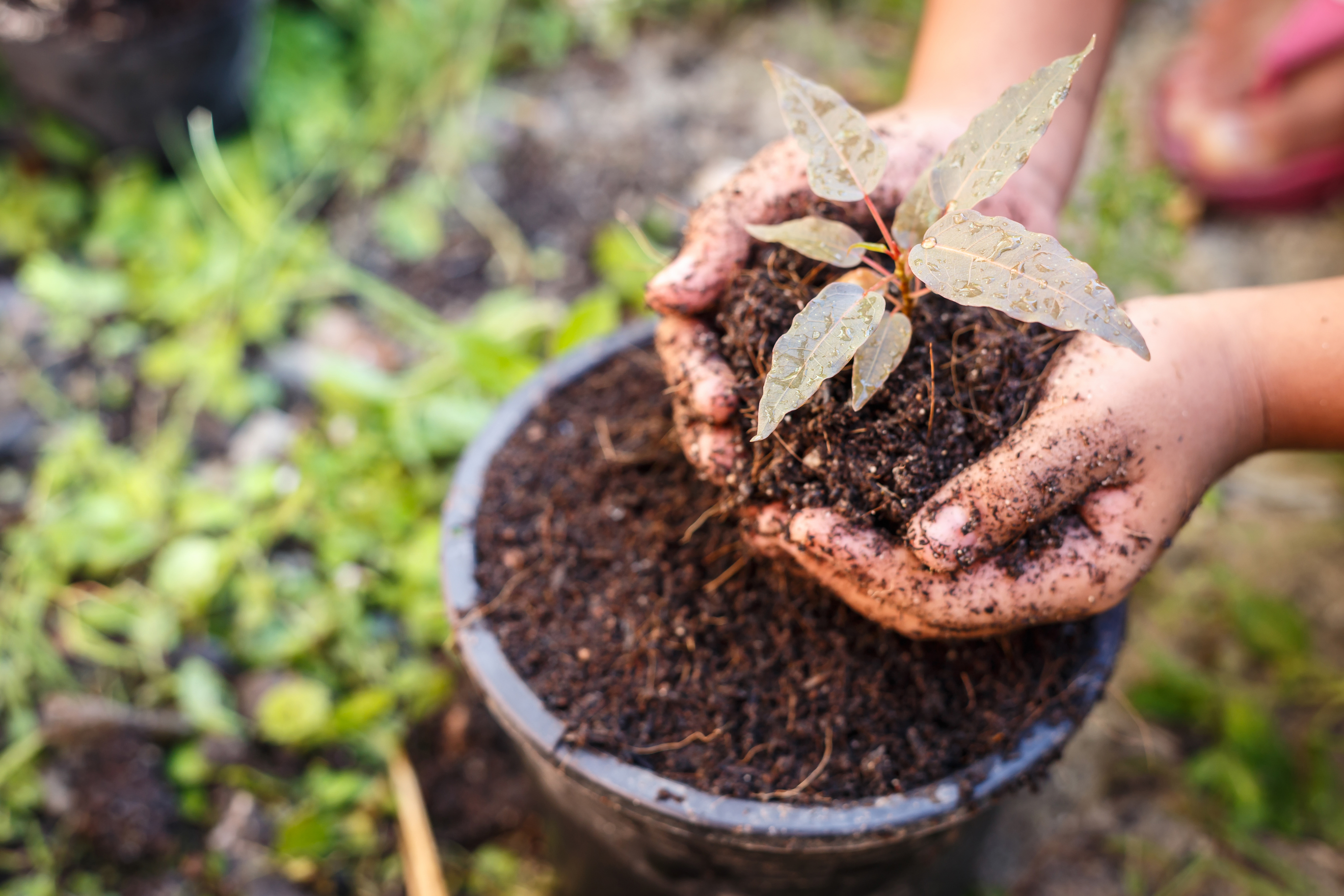
Photo by Piyawat Nandeenopparit on Shutterstock
- Fertilizer: By composting regularly, you won’t need fertilizer on your tropical plants. Plants that don’t produce fruit after a few years may be lacking in nitrogen. To remedy, simply add a nitrogen-rich fertilizer to the plant.
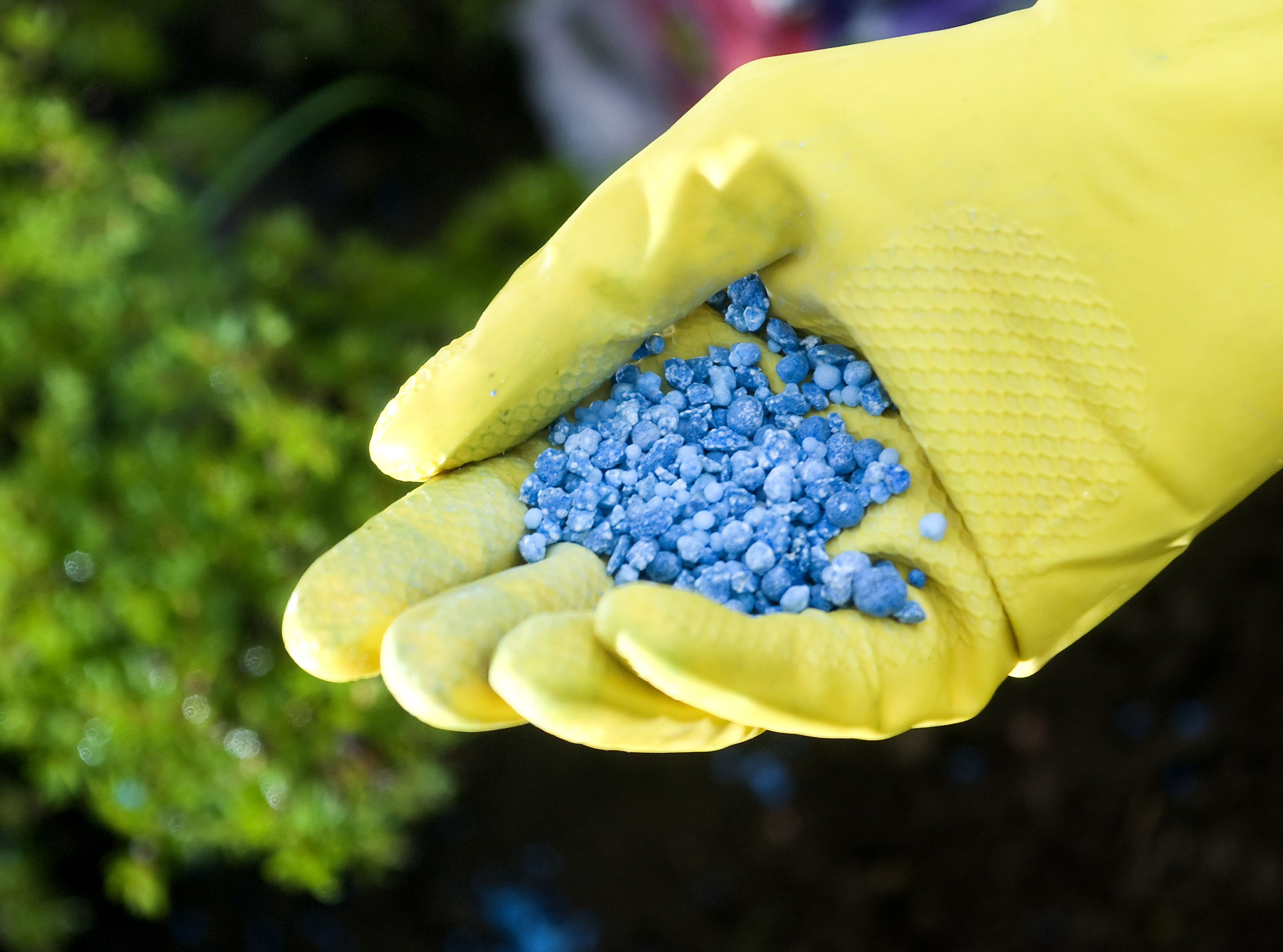
Photo by sarka on Shutterstock
- Pruning/Upkeep: Don’t prune your plants while they’re producing fruit. It’s always best to wait until the tree goes dormant or stops bearing fruit. At that point, it’s safe to cut away any decaying leaves and dead branches.
- Harvesting: To keep your tropical fruit plants producing big, delicious fruit, prematurely pick some of the younger fruits and flowers to allow the plant to devote its energy to growing larger fruit.
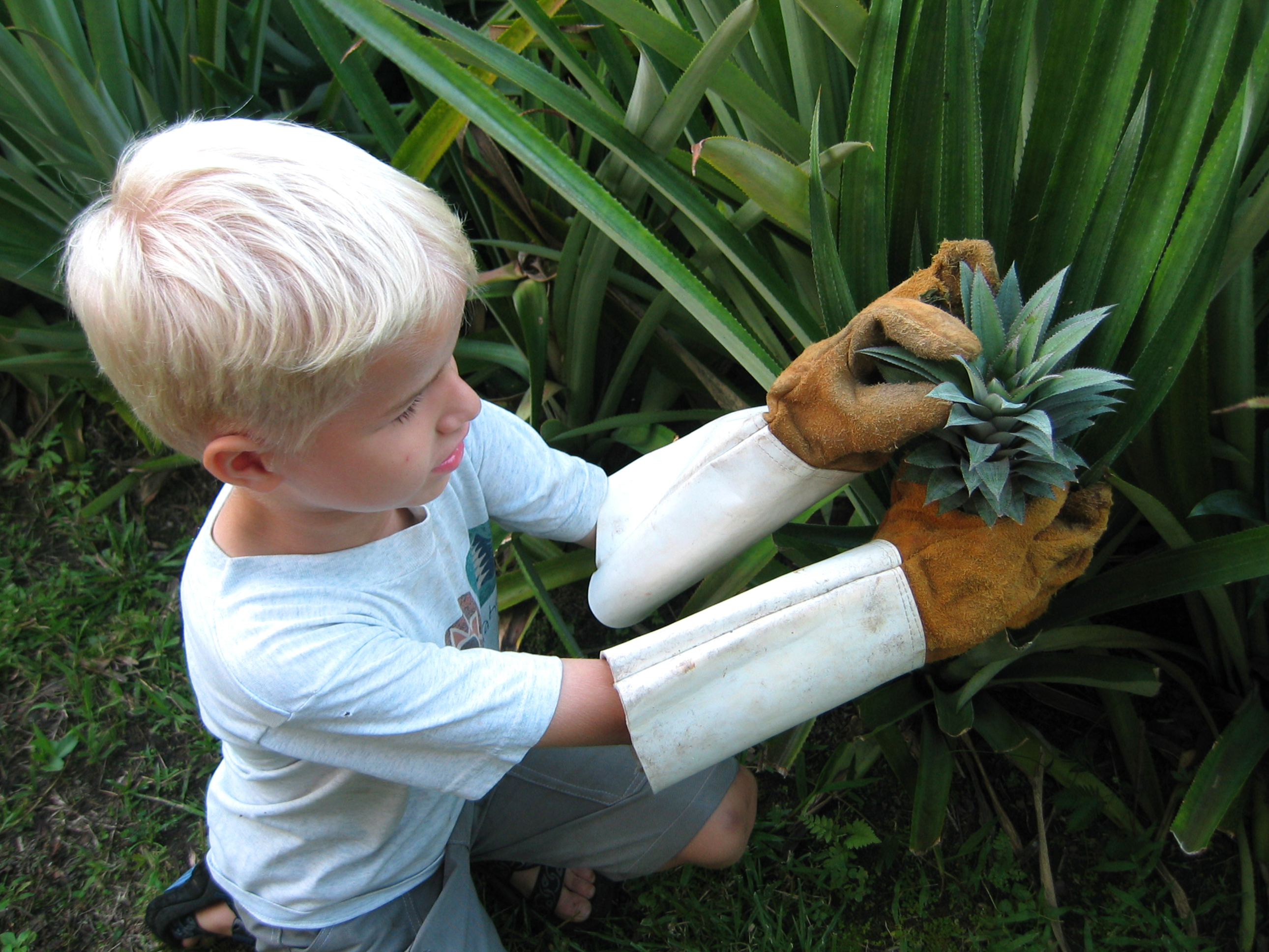
Photo by Lenice Harms on Shutterstock
Enjoying tropical fruits couldn’t be any easier!
Remember, you don’t have to limit your garden ideas to just what others in your community are doing. Instead, think exotic! Tropical fruits can easily be grown indoors or in a greenhouse and, in no time at all, you can be enjoying a ripe pineapple, ample hardy kiwis, avocados, and more.












